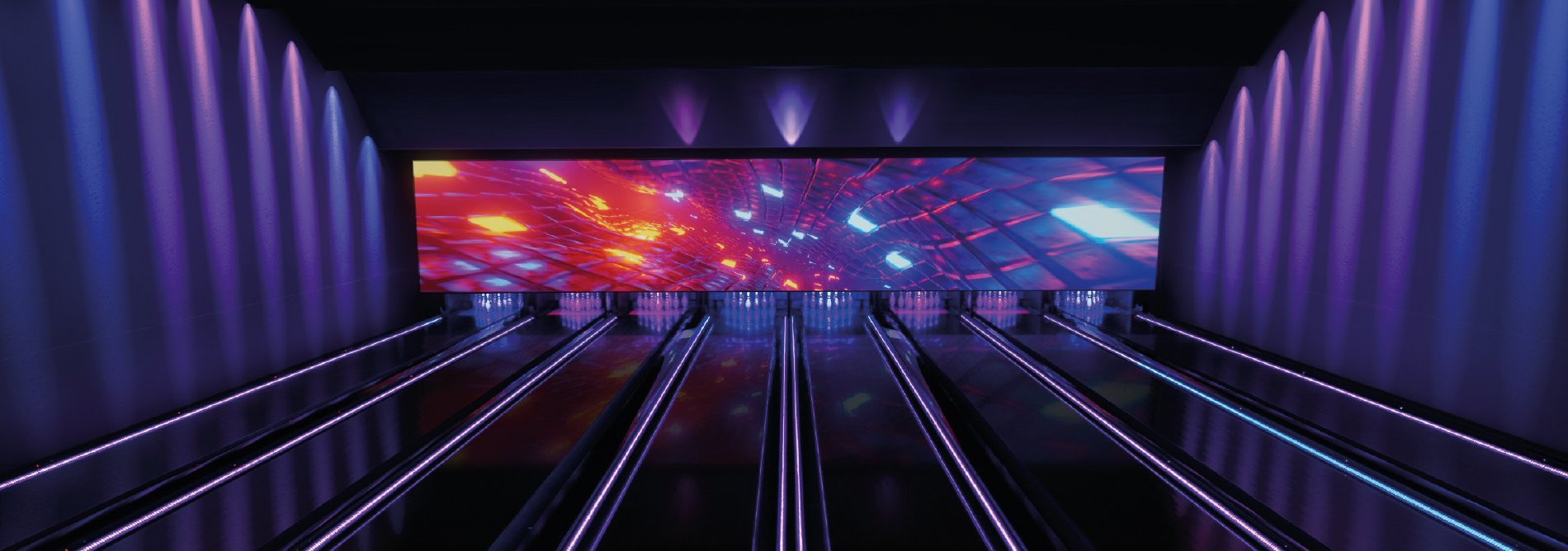Efficient Tactics for Overcoming Temperature Challenges in Light Emitting Diode Display Panels
Wiki Article
Light Emitting Diode panel panels are increasingly common for multiple applications, such as promotion, events, and digital displays. Nevertheless, excess heat is a major issue that can impact their performance and lifespan. When LED screens overheat, they may dim, color shift, or even malfunction entirely. Understanding the causes and applying efficient methods to control heat can assist maintain the ideal operation of LED panel panels. This article will discuss several approaches to tackle excess heat issues associated with these devices.
One effective strategy for stopping excess heat in LED panel screens is guaranteeing adequate ventilation. It is crucial to place these screens in settings where atmosphere flow is adequate. This can be achieved by placing the panels in a well-ventilated area or using fans to enhance airflow around the units. Additionally, if the screens are installed in a tight area, creating openings or using air ducts can help release heat more effectively. Maintaining a lower surrounding heat level is crucial, as it directly impacts the function and durability of LED panel screens.
Another way to combat overheating is through the use of thermal management materials. These substances can help absorb, dissipate, or redirect heat away from the LED elements. Thermal sinks are frequently employed in many electronic devices, such as LED screens. These metallic components draw heat away from the light-emitting components, permitting them to operate at a more secure temperature. Additionally, thermal paste or films can be utilized to improve heat transfer between the LED chips and the thermal sinks, further boosting their cooling efficiency.

Routine care and oversight of LED wall screens also play a critical part in stopping excess heat. Dirt and grime can build up on the surfaces of these panels, obstructing airflow and trapping heat. Regular cleaning, using suitable tools, will ensure the screens free from blockages. Furthermore, tracking the heat level of the screens can help detect excess heat problems before they turn into severe. Using heat monitors can provide important information, allowing users to take corrective steps if the panels start to exceed safe operating temperatures.
The use of advanced technology can also help address overheating challenges in LED wall panels. Many modern LED panels come equipped with built-in thermal control systems. These systems can instinctively modify the luminosity of the screen based on the heat level, see page lowering heat production when necessary. Additionally, software solutions can monitor the performance of the panels and provide alerts if overheating is identified. Using these tools can considerably improve the longevity and reliability of LED wall panels.
In summary, controlling overheating in LED wall panels is crucial for guaranteeing their functionality and durability. Applying strategies such as ensuring proper airflow, using heat control substances, performing regular maintenance, and utilizing advanced tools can help reduce excess heat issues. By taking these proactive steps, users can benefit from the complete advantages of LED wall panels while minimizing the risk of temperature-related issues. This method not only enhances the performance of the screens but also adds to a much eco-friendly and efficient use of technology in multiple uses.